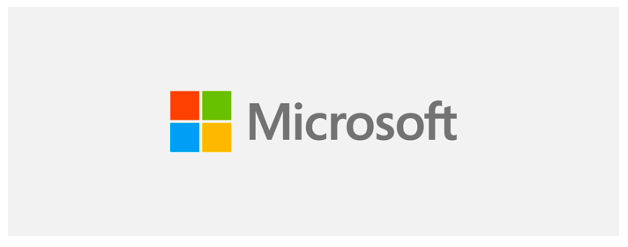
Versioning is the provisioning of two different versions or quality levels of the same product targeted at different consumer segments. Versioning is a type of price discrimination also known as quality discrimination (Hayes, 2020). By using versioning as a price strategy the company gives the consumer the option of buying a higher valued version of the product for a higher price and a lower valued version of the product for a lower price. This way, the company attempts to attract higher prices based on the willingness to pay of the customer.
Companies that use versioning when their fixed costs are relatively large and their variable costs are relatively small.
Around 2010 Microsoft started using versioning (Sanders, 2012). Before 2010, it was hard for Microsoft to engage in product and price discrimination, because they were generating enormous amount of cash operating as a monopoly without this price strategy.
When producing software, the marginal costs are essentially zero, but the fixed costs are substantial. Since Microsoft is a price setter, they initially chose to sell their products at a price that covers their fixed costs, but still allow them to make large profits, without losing their customers.
For a long time, Microsoft was not interested in versioning based on market segment, geography or per capita GDP (Sanders, 2012). Therefore, Microsoft moved toward price discrimination based on their customers willingness-to-pay for their software. They started offering different versions of their software for different priced based on the consumer segment. This way for example students or people with low incomes pay less for a simpler version of the software compared to people with higher incomes, who purchase the more advanced version for a higher price.
Microsoft also had cases in which product differentiation did not work. For example, Microsoft tried to differentiate the Vista operating system, which is a version of Microsoft Windows (Sanders, 2012). But Vista was not ready for prime time, due to a variety of technical, marketing and customer support reasons.

After Vista, Microsoft continued to adapt versioning and price discrimination with the release of Windows 7. The Home Premium version was priced at $199.99, the Professional version at $299.99, and the Ultimate version at $319.99. It is smart of Microsoft to offer three options, due to extremeness aversion consumers are most likely to pick the middle option, which will most likely generate a lot of income for Microsoft. Windows 7 was a big success, because it was a fast, stable and user-friendly operating system.
This shows that not every type of software is suitable for versioning, but when adapted well it can lead to big gains for the company.
References:
Hayes, A. (2020, June 6). Versioning. Retrieved from Investopedia: https://www.investopedia.com/terms/v/versioning.asp
Sanders, G. L. (2012). Developing New Products and Services. State University of New York at Buffalo: Saylor Foundation.


Hi Michelle,
Thank you for posting about Microsoft. I have personally been fascinated by the type of business they operate in, which spans beyond their Microsoft operating systems and productivity tools. If you look at the B2B side of their business, they make large amounts of cash by selling their Navision and Dynamics 365 tools for example. Especially Navision is quite interesting to consider, which was launched in 1995. It started out as a simple accounting tool and now functions as a full ERP platform that can connect seamlessly with other tools such as Microsoft CRM or external providers. The point that I wanted to make is, Microsoft has been slowly changing their strategy on this side of the business since then.
I very much wonder how Microsoft will continue to position themselves in the future, which competition becoming increasingly able to take over niche market leader positions. If you look at Salesforce, they completely crush Microsoft with their CRM tools according to the marketshare statistics. My opinion would be that Microsoft, across all their segments, would need to be present in all four of the Weill & Woerner value creation strategies (2015).
Some of their B2B customers work with suppliers only, for example governments or public bodies. But, their B2C segments and small business segments require a more modular approach, where nowadays these types of consumers only want to pay for what they use, especially since the cloud movement.
What do you think the future of Microsoft holds?
Kind regards,
Kwint